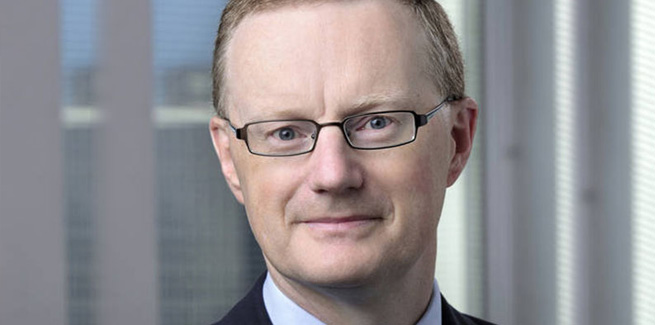In a speech to the National Press Club on Wednesday (5 February), governor of the Reserve Bank of Australia (RBA) Philip Lowe addressed concerns regarding the risks associated with a continually low interest rate environment.
Mr Lowe refuted claims that the central bank’s recent cuts to the cash rate had dampened consumer sentiment and stunted consumption, which he claimed had been falling prior to easing.
“I certainly understand that having interest rates at very low levels has unsettled some people, [but] I don’t accept the idea that this is what is driving weak consumption,” he said.
“There is something deeper going on.”
The governor claimed that Australians were already adjusting their spending in response to subdued wages growth, the fall in housing prices and high debt levels.
“Consumer confidence and monetary policy were both responding to this reality,” he continued.
Mr Lowe went on to defend the central bank’s easing strategy, stating that had it not been for the cuts, households would have faced further difficulty in adjusting to subdued economic conditions.
“My judgement is that if the Reserve Bank had not eased monetary policy last year, this adjustment by households would have been harder, the balance sheet repair would have been more difficult, and the economy would have been weaker,” Mr Lowe contended.
“The lower interest rates have assisted with both sides of the balance sheet. They have allowed people to pay down their liabilities more easily, and they have also boosted asset prices.”
He added: “[They] are helping, not hampering, the process of balance sheet adjustment. In doing so, they are also bringing forward the day when households feel comfortable to lift their spending again.”
However, Mr Lowe has acknowledged some risks associated with the low interest rate environment, conceding that it may trigger a sharp rise in the borrowing appetite of consumers.
The RBA governor noted that the central bank would closely monitor development in the credit space to ensure that low rates do not trigger a disorderly spike in borrowing activity.
“[We] need to remember that it is possible to have too much of a good thing,” he said.
“We are aware of the risk of low interest rates encouraging too much borrowing and driving excessive asset valuations, [so] we will continue to watch borrowing, in particular, very carefully.”
This comes amid growing speculation about the potential introduction of a fresh wave of macro-prudential measures from the Australian Prudential Regulation Authority (APRA) as an alternative to a reversal in the RBA’s monetary policy strategy.
APRA chair Wayne Byres previously stated that the regulator would carefully monitor developments in the market in light of the recent rebound in activity.
“[The] housing market remains an area we are watching closely, particularly given record-low interest rates, already high household debt and signs of some revival in borrowing for speculative purposes,” Mr Byres said.
Meanwhile, analysts are expecting further cuts to the cash rate in the first half of 2020, with AMP chief economist Shane Oliver expecting the cash rate to fall to 0.25 per cent to help achieve the RBA’s targets of sustainable growth in the economy, full employment and 2-3 per cent annual inflation.
[Related: Cash rate decision announced]

